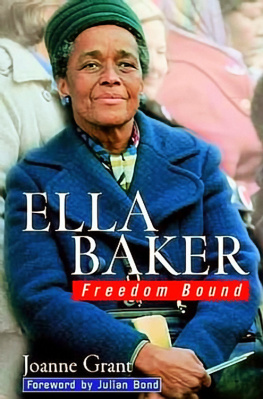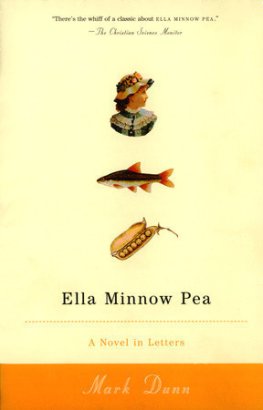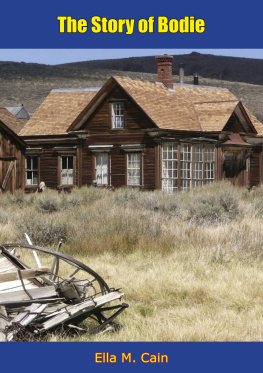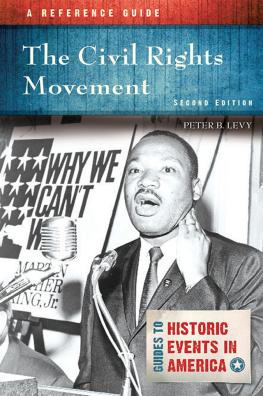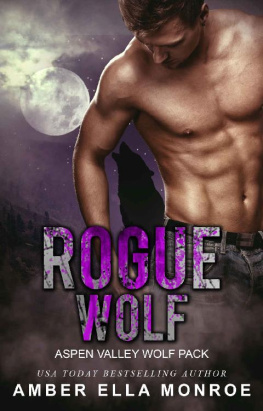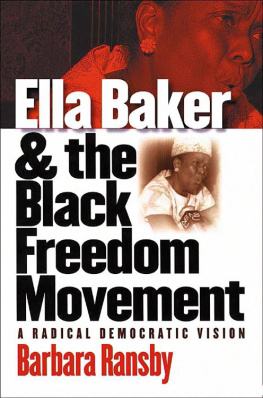
ELLA
BAKER
ELLA
BAKER

Joanne GrantForeword by Julian Bond





To all of her children, too numerous to name, but you all know who you are, and especially to Reginald Robinson, to Ellas grandniece, Carolyn, and to my son, Mark Rabinowitz
Ellas Song








Composed and performed by Bernice Johnson Reagon for the film Fundi: The Story of Ella Baker, 0 Songtalk Publishing Company.

Contents
xv
xviii
7 25 45 63 85 105 125 147 163 181 193

Acknowledgments
There are many, many people who should be thanked for their perseverance, their help, their willingness to put up with my persistent phone calls and queries. I am particularly grateful to those who granted me interviews. I know that all who participated in the creation of this book did so to honor Ella Baker, and I honor them. I especially thank Jacqueline Brockington, Ella Bakers niece, for her friendship and for her helpfulness, above and beyond the call of duty. Jackie, when speaking to me, always referred to her Aunt Ella as your girlfriend. I liked that. Jackie has contributed more than one could ever hope for in the creation of this book. She has always been there for me and for Aunt Ella and has helped to the extent of her resources to make this biography as accurate as possible.
Ella Bakers close friend, Lenora Taitt Magubane, has been most helpful in recalling high points of Bakers life, as have other friends: Lee Simpson, Frances Johnson, Estelle Noble, Jack ODell, the Reverend Fred L. Shuttlesworth, Percy Sutton, Anne Braden, and a host of SNCC people. Among those are Julian Bond, Judy Richardson, Courtlandt Cox, Doris Derby, Ivanhoe Donaldson, Marion Barry, Eleanor Holmes Norton, Charles Chuck McDew, Dion Diamond, Robert Moses, Janet Jamott, Vincent Harding, Joyce Ladner, Dorie Ladner, Rep. John Lewis, Reginald Robinson, Avon Rollins, James Forman, William Strickland, Michael Thelwell, Dorothy Zellnersome of whom have not been quoted in this book, but all of whom have enriched it.
I wish also to thank the many archivists and librarians who have been there when needed: the staff at the Mugar Library at Boston University, at the Yale University Library, and at the National Archives. Particularly I thank the librarians at the Library of Congress, with special thanks to archivist Joe Sullivan for his help in ferreting out the relevant NAACP files on Ella Baker. I also wish to acknowledge the help I received from Dr. John Bracey, NAACP scholar extraordinaire.
I am most grateful to the Schomburg Center for Research in Black Culture, the New York Public Library for bestowing on me a one-year term as scholar-in-residence, and wish to especially thank Diana Lachatanere and Aisha Al-Adawiya, both of whom responded to calls for help long after my tenure. I am also indebted to Howard Dodson, the chief of the Schomburg Center, for his deep interest in the project. Special thanks are due to Dr. Hyman Lewis and Dr. Arnold Rampersad, the guiding lights of the resident scholars program.
I am unfailingly astonished at the helpfulness of librarians. They seem to be, in the Ella Baker tradition, dedicated to a life of service. They enjoy helping. I found helpful shortcuts when I talked with several librarians, especially Peggy A. Haile of the Sargeant Memorial Room, Norfolk Public Library. Dr. John Fleming, and Robena Bradley and Brian Cumberbatch of Shaw University, were most helpful in providing records of Ella Bakers time in college.
Ella Bakers relatives and friends in Littleton, North Carolina, gave glimpses of small-town Southern life. Dempsey Faulcon, the caretaker of Bakers Littleton house, was a gracious host and guide. My thanks to my researchers: Bess Rattray, Peter Hobbs, Renah Feldman, Betsy Esch, Yonni Chapman, Faye Goodman, and David Maynard, who produced last-minute miracles, and to Ana Ramos, Susan Ruddick, and my sister, jean Hubbard, who transcribed taped interviews. I am most grateful to Elaine Delott Baker, Jewell Gresham, Casey Hayden, and Mary King for combing their files for documents, and special thanks to Betty Garman Robinson and Constance Curry for putting me up and putting up with me, and copying needed documents. And thanks to Judy Richardson for transcribing her shorthand minutes, to Lynn Lane for sharing her expertise, to Kathryn Dobkin for her keen ear, and to Charles and Barbara Foxx, who helped find the old streets of Norfolk.
Recognition of the important role which artists colonies have played in the completion of this book is of prime importance. I wish to thank the Virginia Center for the Creative Arts for its steadfast support of my work. The VCCA has been a haven for me. Not least among the positive attributes of a stay at VCCA is the sharing of works-in-progress with others in the process of beginning or completing a work. I wish also to thank the Berkshire Forum and Blue Mountain Center.
For encouragement and critical readings of parts or all of the manuscript and providing helpful comments, I owe a debt of gratitude to: Nora Chase, Mary Clemmy, Blanche Wiesen Cooke, Christopher Cory, Clare Coss, Hyman Lewis, Claire Reed, Helen Rattray, Patricia Sullivan, and John J. Simon, who, well known for his grasp of history and his phenomenal memory, was consistently available to answer factual questions. But let me add here that neither he nor anyone else herein named is responsible for any errors of fact or mistaken judgments. The author takes full responsibility.
Next page
